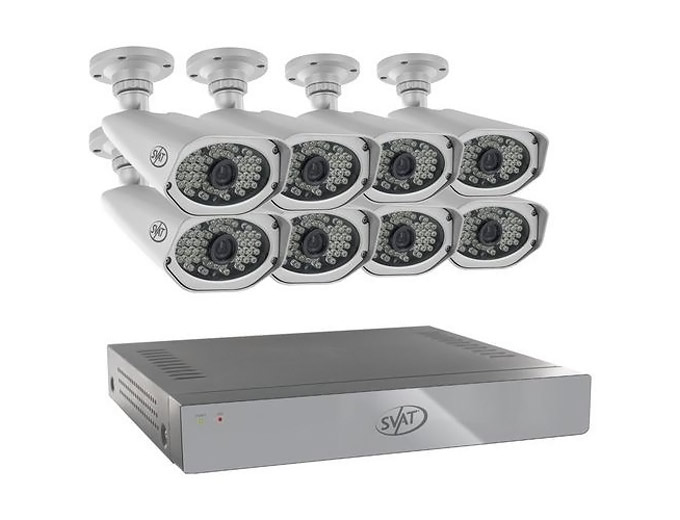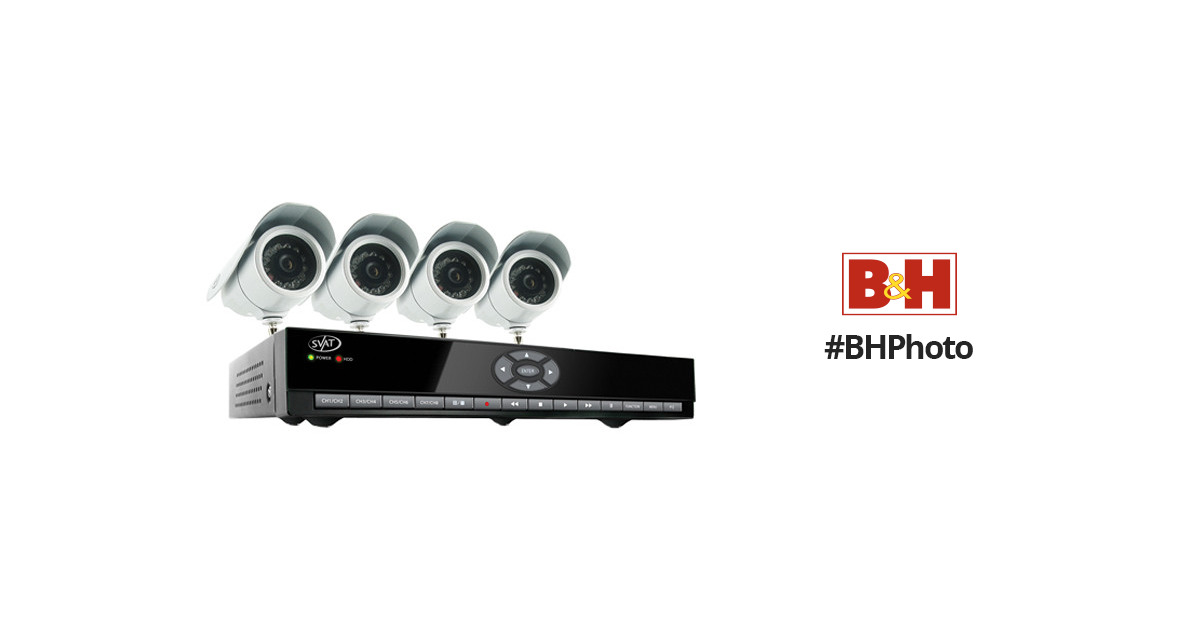


Some systems store recordings locally on an SD card or a solid-state drive, whereas others offer cloud storage. For example, you can create rules to have the lights turn on when a sensor detects motion, have your doors unlock when a smoke alarm goes off, or set a camera to begin recording when a sensor triggers. Finally, Z-Wave and Zigbee devices use AES 128 encryption and operate in a closed system with a dedicated hub, making them more secure than Wi-Fi devices.Īny smart security system worth its salt offers components that work together seamlessly and adhere to custom rules. Moreover, a hub connects and controls Z-Wave and Zigbee devices, whereas you can control Wi-Fi devices on your home network from an app. However, neither protocol provides the bandwidth that you get with Wi-Fi, which security cameras rely on to provide smooth video streaming, for instance. They also operate in a mesh topology and can help extend the range of networked devices. For example, smaller components such as door and window sensors typically use Z-Wave or Zigbee technology because they don't require a lot of power and can run on smaller batteries. It has launched and products are arriving slowly.) You can add extra door, motion, and window sensors to provide coverage for your entire house and build a comprehensive system that includes door locks, garage door openers, indoor and outdoor surveillance cameras, lights, sirens, smoke and CO detectors, water sensors, and more.Ī word about wireless protocols before we go further: In a perfect world, all home security components would use the same wireless standard to communicate with the main hub, but factors such as power requirements, signal range, price, and size make it virtually impossible to settle on just one. ( Matter is another standard to keep an eye on.

There are many different systems available across a wide range of prices.Įntry-level systems cost the least and usually include some door and window sensors, a motion detector, and a hub that communicates with these devices via one or more wireless protocols such as Wi-Fi, Z-Wave, Zigbee, or a proprietary mesh network. What Are Home Security Systems and How Do They Work?Ī smart home security system connects to your Wi-Fi network so you can monitor and control your security devices via an app.


 0 kommentar(er)
0 kommentar(er)
